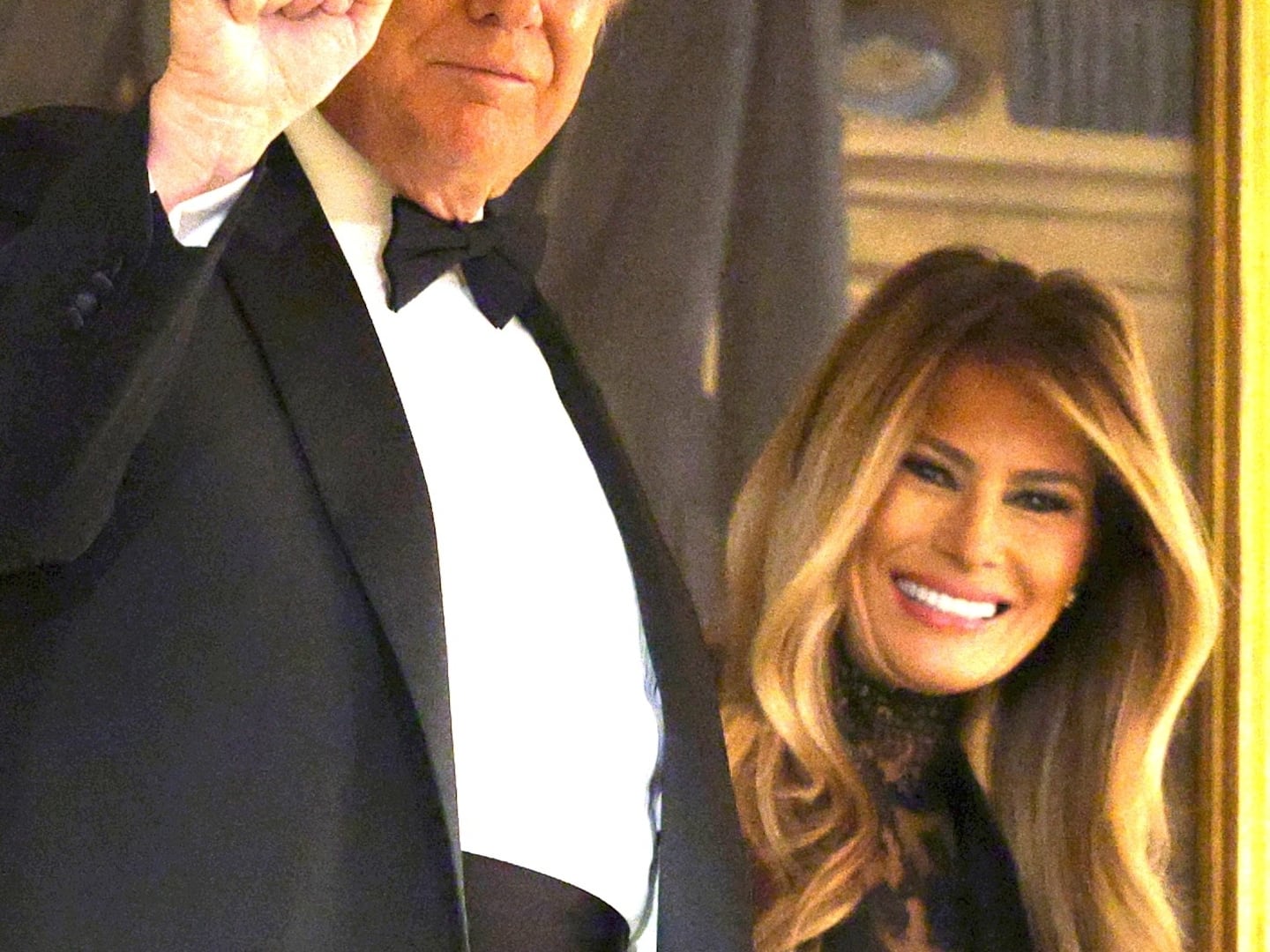We have entered a new era of boom and bust.
The busts are those of dueling pop stars Lady Gaga and Katy Perry, each of whom recently unveiled her own dangerous reinterpretation of the legendary Jean Paul Gaultier cone bra worn by Madonna back in the day. And the booms are literal and frightening, spraying bullets and spewing whipped cream all over the top of the Billboard charts.
Click the Image to View Our Gallery of Cone Bras

_LacosteAd_
First came Gaga’s weird, nine-minute, Riefenstahlian “ Alejandro” video, out last week, in which the monster-queen dances around in a hash of fascistic and post-apocalyptic imagery, wearing, at one point, an elaborate brassiere featuring two sawed-off machine guns. Then, on Tuesday, former Christian rock princess Katy Perry released the video for “ California Gurls,” at the end of which her bikini spurts frosting.
Whatever you think of the two pieces of music on display in these videos, one thing is beyond dispute: America loves a cone bra. From its mythic origins in the hands of Howard Hughes, through the enduring glory of the Blonde Ambition tour, and up to the latest volcanic incarnations, high-concept support-wear is fashion’s best and longest-running practical joke.
But does it have a purpose—other than to confuse the hell out of men?
“I’m not concerned with the message, really,” Menkes, who built Gaga’s bra, said. “You just had to find a way to fix the gun to the bra and support it so it doesn’t flop around.”
“It’s a way to sexualize the body as well as to be ironic about that,” says Jill Fields, professor of history at California State University and author of An Intimate Affair: Women, Lingerie and Sexuality. “What Madonna became famous for, at least among the feminist studies folks, is her ability exploit her sexuality and also have this detached view of it as well. It meant that she was undercutting the very ideas about what makes a female body sexy or desirable.”
In other words…not really. The cone bra’s genius lies in its subversion of traditional femininity: Soft becomes hard; curvy becomes phallic; the engine of maternity transforms into a weapon, shooting bullets, lasers, or candy splooge. Like all the best sartorial developments of the modern era—the string bikini, the stiletto heel—it’s a Freudian nightmare.
Today’s Frankenstein busts trace their roots back to the 1930s, when American women were breaking free from the flat-chested flapper fad of the 1920s and beginning to embrace their Maidenforms. In 1937, a young Lana Turner pulled on a tight sweater for her role as a rape victim in They Won’t Forget and thereby spurred a new frenzy for perky bosoms.
Clothing manufacturers developed special circular stitching methods used to make bras that would create a Turner-like effect, Fields says. This led to the development of the so-called bullet bra, and all through the 1950s, women were lifting and separating like mad. As early as 1943, legend has it that Howard Hughes created the first real pushup bra for Jane Russell in The Outlaw. A publicity still from the film shows a missile-breasted Russell lounging on a pile of hay, but in her autobiography, the actress denied ever wearing Hughes’ apparatus.
The pointy undergarment reached its teleological conclusion in 1990, when Gaultier designed the rocket cone bra for Madonna. Liz Rosenberg, the pop star’s publicist, recalls when Madonna wore her first bullet bra to the Cannes Film Festival. “When she walked up those steps and opened that robe, it was insanity,” Rosenberg said. Part lingerie, part weapon, people didn’t know whether to grab for the bra or run (making the garment of a piece with the entire finely cultivated Madge mystique).
Other meditations on the theme have emerged in the last two decades: the Stepford Wives with their Stepford boobs; the Austin Powers femme-bots. For their Spring 2010 collections, Gaultier, Louise Goldin, and Dolce & Gabbana all showed interpretations of the original Gaultier cone. Contemporary jewelry designer Chris Habana just released a mock-up of the bra in necklace form.
In 1989, the artist Leslie Sharpe created a work called Bra vs. Bra, in which she imagined a “pulley Bra” that would allow women to point their breasts in all different directions, and a “Spike Bra” that would turn breasts dangerously punk-rock. “Pointed bosoms should be frightening,” Sharpe wrote in her exhibition book. “They should really be weapons, either visually intimidating—or for women who need them, actual weapons.”
And then along came Gaga.
David Samuel Menkes, a custom leatherwear and clothing designer in Manhattan, built the machine-gun bra Gaga wears in the “Alejandro” video according to specs sent over from her stylist Nicola Formichetti. Although the video was directed by longtime Madonna photographer Steven Klein, the cone bra was not an explicit influence for the gun bra, Menkes said. Rather, the design came from a work called “ Gunhead,” by the artist Nancy Grossman.
Gaga’s people provided the weapons themselves—plastic Well R12 M4 Air Soft rifles, “a sweet little piece,” he said—and Menkes went to T.J. Maxx, bought a bra in Gaga’s size and stripped it down so he could use the underwire. Then he mocked up two versions: one with full barrels and one with the barrels sawed off. After experimenting with both, they went with the sawed-off version.
“I’m not concerned with the message, really,” Menkes said. He was just taken with the sculptural challenge. “You just had to find a way to fix the gun to the bra and support it so it doesn’t flop around.”
As with all undergarments, it always comes down to the fit.
Rebecca Dana is a senior correspondent for The Daily Beast. A former editor and reporter for the Wall Street Journal, she has also written for the New York Times, the New York Observer, Rolling Stone and Slate, among other publications.






